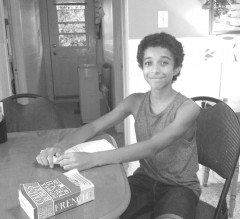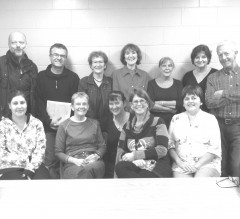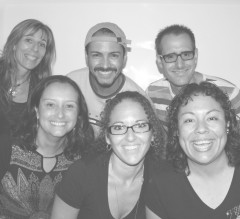Halloween is a date celebrated on the night of October 31st. Celebration is most practiced in the United States of America and Canada. Children wear costumes and they go to peoples’ homes saying « Trick or treat! » to ask for candy or sweets in the United Kingdom and then people give it to them. This practice originally involved a threat. A threat is when someone says that they will do something bad if they do not get what they want. In this case the threat could be explained as: « Give me a treat or I will play a trick on you. » Children today, however, usually do not play tricks if they do not get treats. Some children will still get up to mischief (pranks or things to make fun of people; like putting toilet paper in trees; writing on windows with soap or throwing eggs at peoples’ houses) around Halloween. People often dress up as ghosts, witches, or other scary things for Halloween.
Origins
The Pagan holiday Samhain, that the All Saints holy day replaced, was also known as the Day of the Dead. Many wiccans and modern Pagans celebrate the Day of the Dead. This is a happy holiday (even though it celebrates ‘Death’). It is the day that the souls of dead people are believed to come back to Earth.
Trick-or-Treating
It is said that on the night of All Hallow’s Eve the gap between the living and dead worlds are closer, and that dead souls come back to earth. The souls would then look for a living body to possess for the next year. People, not wanting to be possessed would leave food and drinks outside their doors to please the souls. Over time, beggars started taking and begging for the food and then children started to take the food as well.
Dressing Up
As well as leaving food out, some people would dress up as ghosts and scary things so the dead souls would think that they were dead too, or to scare them away.
Eventually, these two traditions combined, creating Trick-or-Treating.




















